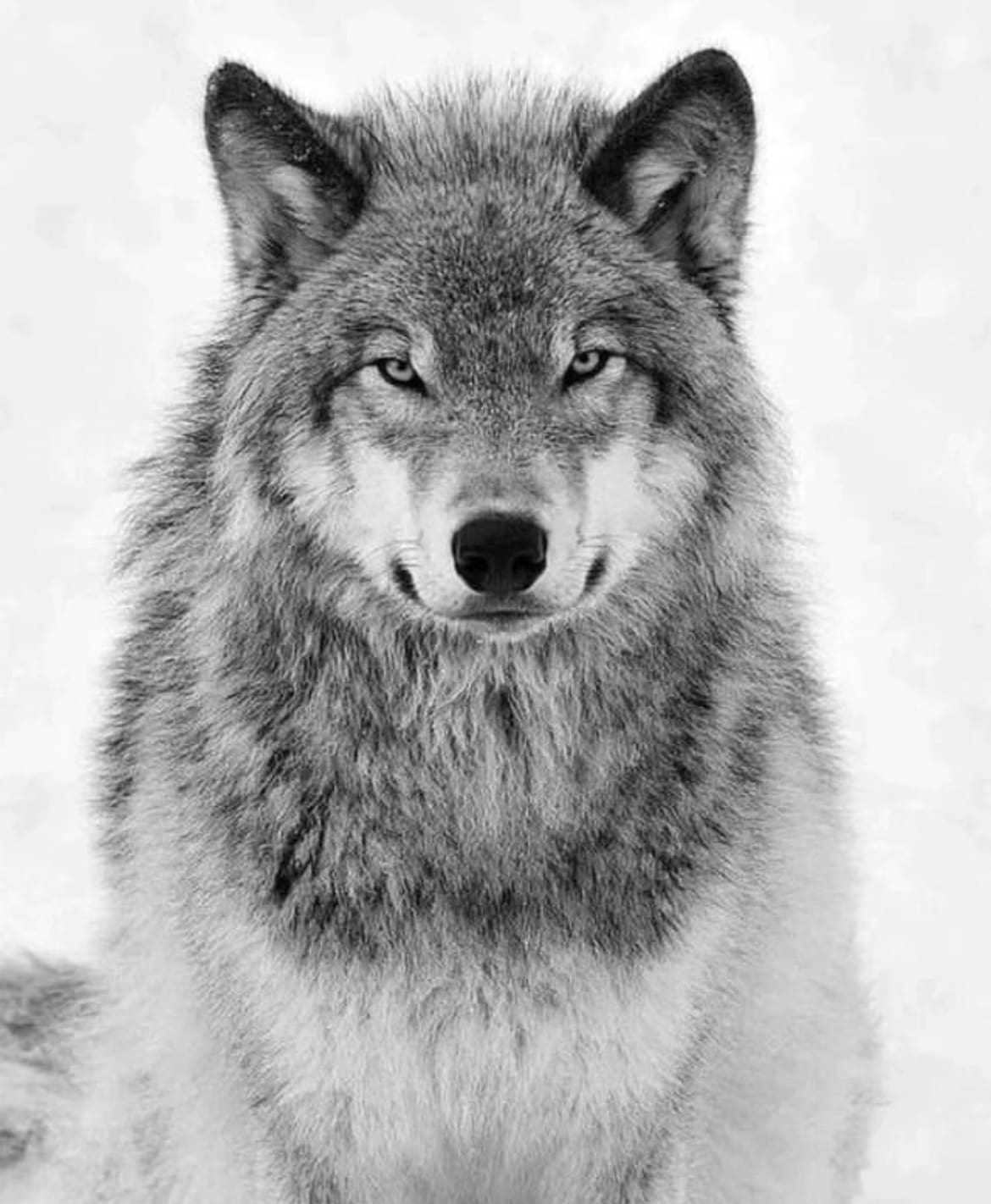[social_warfare]
Are you itching to ditch the concrete jungle for the actual wilderness? Craving something wild and free to break the monotony of city life? Well, you’re in luck because Europe’s forests, mountains, and national parks are calling your name, offering you a chance to get up close and personal with one of the continent’s most iconic and elusive creatures: the grey wolf.
Where to See the Grey Wolf in Europe
Imagine this: you’re wrapped in the quiet of the early morning, the only sounds are the crisp crunch of leaves underfoot and the distant call of the wild. You’re not just on a hike; you’re on a quest to catch a glimpse of the mystical grey wolf in its natural habitat. It’s like stepping into a storybook, except the adventure is very real.
These magnificent creatures have roamed the European wilderness for centuries, inspiring countless myths, legends, and even a bit of fear. But today, it’s not about folklore or fear. It’s about the awe of seeing a grey wolf in the wild and understanding the importance of conserving their habitats. So, where can you embark on this thrilling adventure? Buckle up, as we dive into the best spots in Europe to see grey wolves.
Carpathian Mountains, Romania
Let’s kick things off with a spot that seems like it was lifted straight from a fairy tale: the Carpathian Mountains in Romania. This place is a stronghold for wolves in Europe, where dense forests and sprawling wilderness offer the perfect backdrop for your wolf-spotting adventure. And yes, we’re talking about the land that inspired the legend of Dracula, but the only thing you’ll be hunting here are sightings of wolves, not vampires.
Visiting Tips: For the best odds of spotting wolves, you’ll want to visit in the early morning or late evening. Winter is prime time because the wolves are more visible against the snow, but honestly, there’s something magical about these forests year-round.
Tour Options: Go for a guided tour. There are several reputable companies here that specialize in wildlife tours, offering you a safe and informative way to explore wolf territory.
Preparation Advice: This isn’t a city stroll, so dress warmly in layers, grab your binoculars, and maybe a camera with a good zoom. And don’t forget to check if you need any permits to explore certain areas.
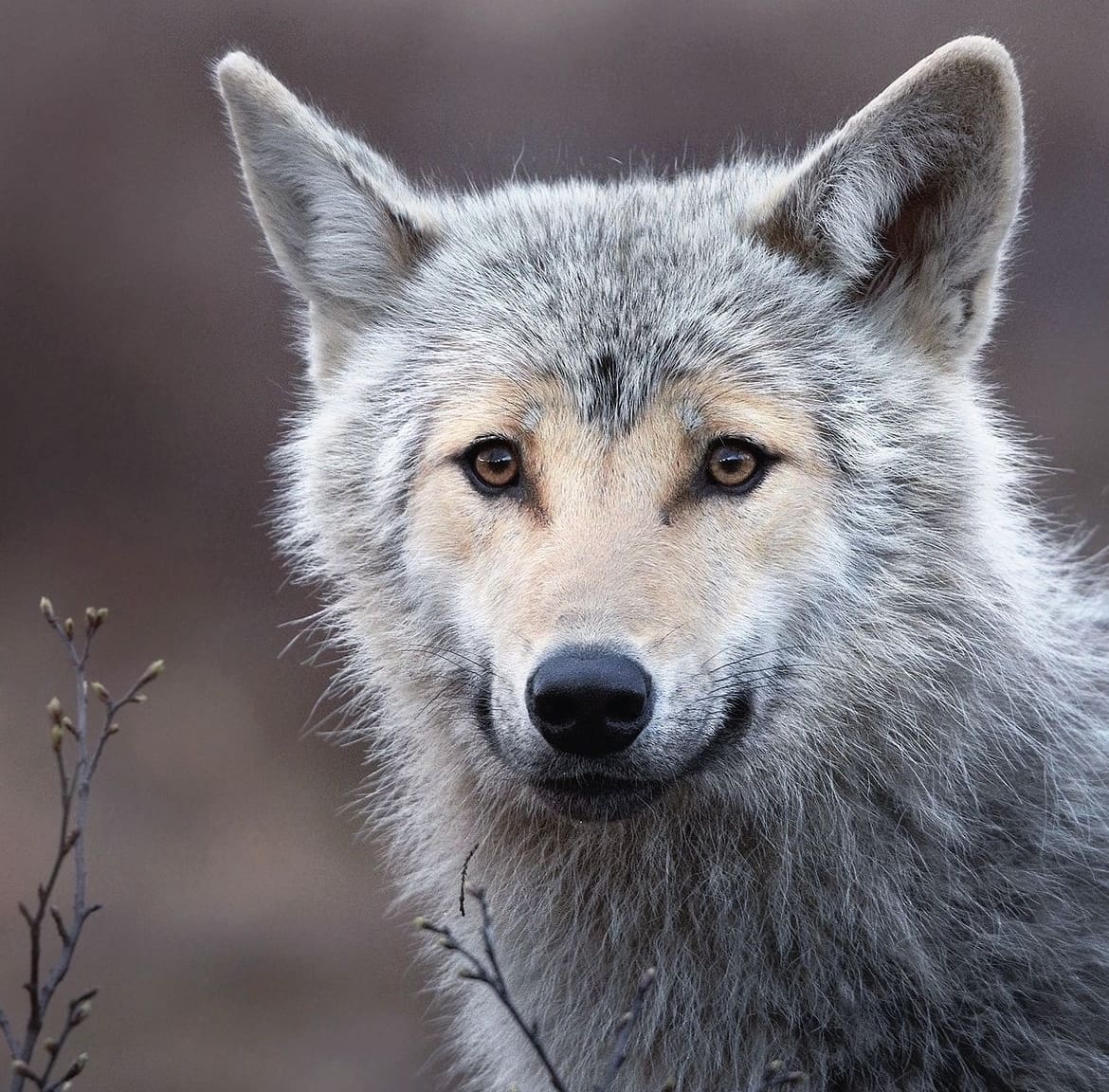
Abruzzo, Lazio, and Molise National Park, Italy
Next up, we’re jetting off to Italy – but not for the pizza. The Lazio, and Molise National Park is a verdant paradise that’s a bit off the typical tourist track, making it a perfect getaway for those looking to trade the hustle and bustle for serene landscapes and the chance to spot the elusive Apennine wolf. This subspecies of the grey wolf calls this park home, roaming freely among the mountains and valleys that make up this biodiverse sanctuary.
Visiting Tips: The best times to visit are during the shoulder seasons – spring and autumn. These periods offer a sweet spot of mild weather, fewer tourists, and active wildlife. Early morning or late in the evening are your golden hours for wolf spotting, as these creatures love the cool of dawn and dusk.
Tour Options: Guided tours here are a must. Not only do they increase your chances of seeing wolves, but they also offer a wealth of knowledge about the local flora and fauna, enhancing your appreciation of the park’s ecosystem. Look for tours that emphasize conservation and respect for wildlife.
Preparation Advice: Good hiking boots are essential; the terrain here can vary from gentle paths to more challenging trails. Bring layers, as temperatures can fluctuate, and always carry water. Patience and silence are your best friends when hoping to spot wolves, so prepare to embrace the quiet beauty of nature fully.
By venturing into the heart of this national park, you’re not just on a quest to see wolves; you’re stepping into a living, breathing lesson in conservation and the importance of preserving natural habitats for future generations to experience and enjoy.
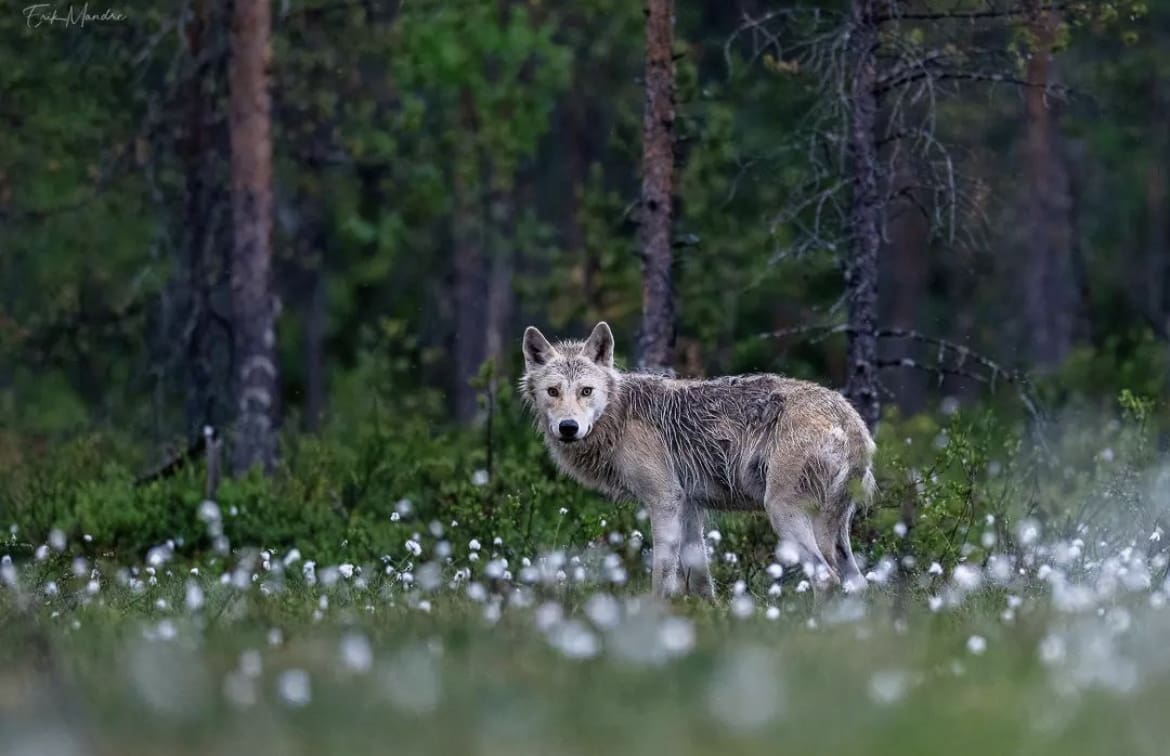
Białowieża Forest, Poland/Belarus
Now, let’s wander over to the enchanting Białowieża Forest, straddling the border between Poland and Belarus. This ancient woodland is like stepping into a time machine, where you can experience what Europe’s forests looked like thousands of years ago. It’s a UNESCO World Heritage site for a reason, offering not just a sanctuary for a diverse range of wildlife, including a significant population of grey wolves, but also a glimpse into the untouched natural beauty of the continent.
Visiting Tips: To truly appreciate the vastness and majesty of Białowieża, you’ll want to explore with a certified guide. These forests are expansive, and a knowledgeable guide can not only navigate you through them but also enhance your visit with insights into the forest’s ecology and history. Plus, they know the best spots for wildlife sightings.
Tour Options: Look for guided tours that contribute to the preservation of the forest. There are options ranging from day trips to more extended stays, depending on how deep you want to dive into the wilderness experience. Opt for those that have a focus on eco-tourism and sustainability to ensure your visit has a positive impact.
Preparation Advice: Bring your camera and a good zoom lens; you’ll want to capture the beauty of this primeval forest and its inhabitants. Dress in layers, as the forest can be cool, especially in the mornings and evenings. Insect repellent is a must-have during the warmer months, and always remember to follow the leave-no-trace principles to keep this unique ecosystem pristine for generations to come.
Venturing into Białowieża Forest is like stepping into another world, one where nature reigns supreme, and we are merely guests. It’s a humbling experience that reminds us of the importance of conservation and the role we play in protecting these ancient habitats. Whether you’re lucky enough to spot a grey wolf or simply bask in the untouched beauty of the forest, it’s an adventure that will stay with you long after you’ve returned to the urban grind.
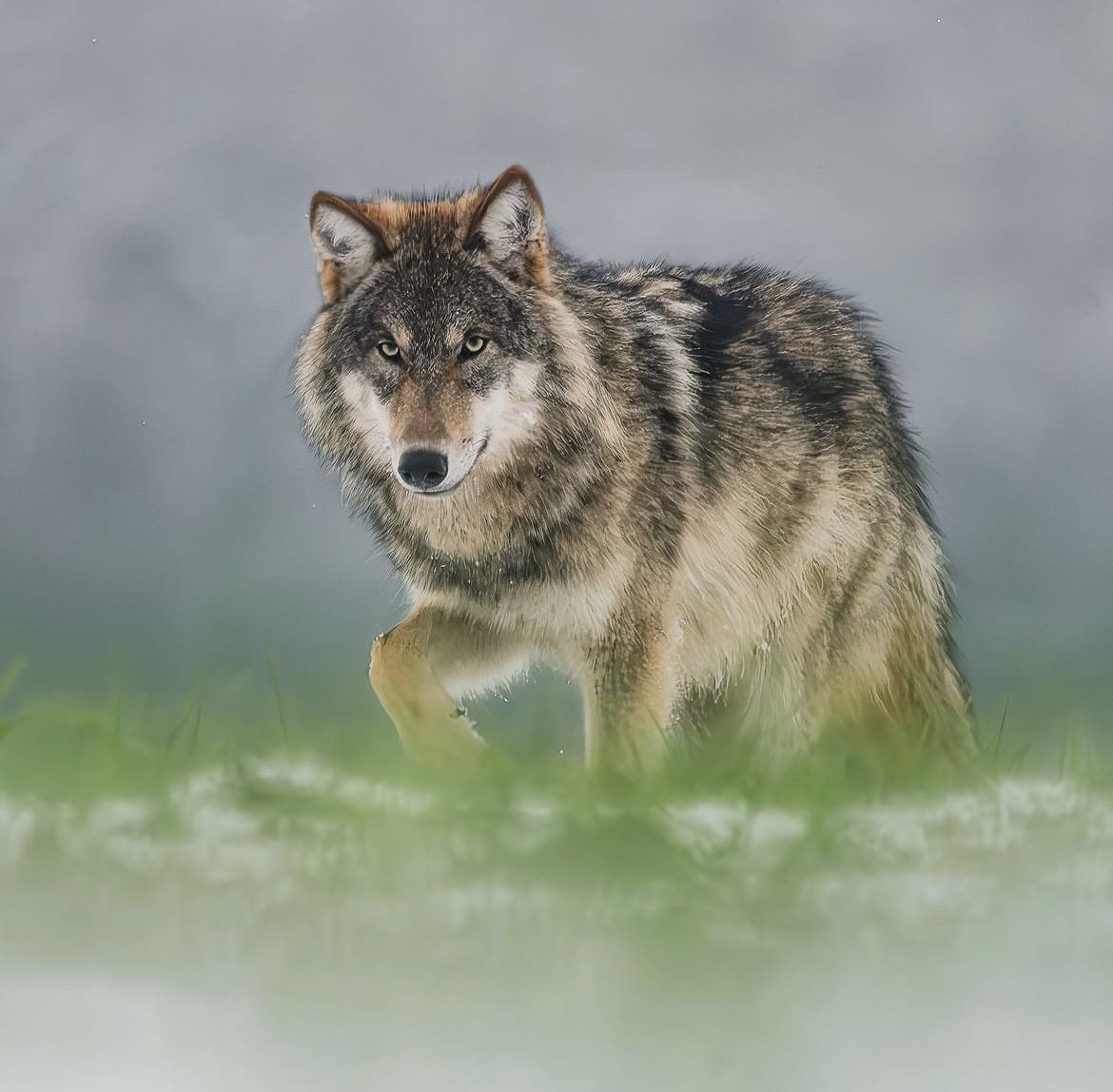
Dinaric Alps, Croatia
Shifting our adventure to the breathtaking Dinaric Alps in Croatia, we uncover a landscape that’s dramatically different yet equally mesmerizing. These rugged mountains stretch along the Adriatic coast, offering a wild mosaic of rocky peaks, dense forests, and deep canyons. It’s here, within this untamed beauty, that wolves roam free, adding an extra layer of thrill to your exploration.
Visiting Tips: While wolves are elusive and sightings can never be guaranteed, trekking through the Dinaric Alps, especially around areas like Paklenica National Park, increases your chances. These wolves are part of the fabric of the region, moving silently through the terrain, so staying quiet and vigilant during your hikes could reward you with a rare and unforgettable encounter.
Tour Options: Eco-tourism is key when choosing your adventure here. Look for tours that emphasize minimal environmental impact and support local conservation efforts. Many tours offer not just wolf-spotting opportunities but also educate participants on the wolves’ role in the ecosystem and the challenges they face.
Preparation Advice: The terrain here can be challenging, so sturdy hiking boots are a must. Bring plenty of water, sun protection, and maybe a snack or two for energy. Always keep a respectful distance from any wildlife you encounter, and remember, patience is crucial. Sometimes, the magic of being in these wild places is enough, with or without a wolf sighting.
Embarking on a journey through the Dinaric Alps with the hope of spotting a grey wolf is an adventure that combines physical challenge with the awe of being in close proximity to one of nature’s most iconic predators. It’s a reminder of the wildness that still exists, just a stone’s throw from the comforts of modern life, waiting to be explored by those who dare to venture off the beaten path.
Sierra de la Culebra, Spain
Venturing into the rugged terrains of Sierra de la Culebra in northwestern Spain, we encounter a different setting renowned for its healthy population of grey wolves. This mountainous region offers a stark contrast to the dense forests and alpine landscapes previously mentioned, providing a unique backdrop for those in pursuit of the elusive wolf. Known for its open landscapes and rolling hills, Sierra de la Culebra has become a hotspot for wolf enthusiasts and wildlife photographers from around the globe.
Visiting Tips: The open terrain of Sierra de la Culebra increases your chances of spotting wolves, especially at dawn and dusk when these creatures are most active. The key here is patience; settle in a comfortable spot with a good vantage point and wait for the wilderness to reveal its secrets.
Tour Options: Wolf tracking expeditions are popular in this area, with several operators offering guided tours that focus on finding these majestic animals in their natural habitat. These tours not only aim for sightings but also educate participants on the behavior, ecology, and conservation status of the grey wolf in Spain.
Preparation Advice: Dress in layers and choose clothing that blends into the environment to avoid startling the wildlife. A good pair of binoculars or a camera with a zoom lens is essential for observing and capturing the wolves from a distance. Remember, this is their home, and we’re just visitors, so respecting their space is paramount.
Exploring Sierra de la Culebra offers a unique opportunity to engage with the wild side of Spain, one that’s marked by the silent footsteps of the grey wolf. It’s an experience that combines the thrill of the hunt (for sightings, that is) with the profound beauty of Spain’s lesser-known landscapes.
Whether you catch a fleeting glimpse of a wolf on the horizon or simply soak in the serene beauty of the region, it’s an adventure that connects you more deeply with the natural world.

Velebit Mountains, Croatia
Finally, our journey through Europe’s wolf territories brings us to the Velebit Mountains in Croatia, another breathtaking location teeming with wildlife, including the revered grey wolf. As part of a UNESCO Biosphere Reserve, the Velebit Mountains offer a pristine environment where the balance of nature remains largely undisturbed by man. This area stands as a testament to the beauty and resilience of Croatia’s natural landscapes, providing a sanctuary for a variety of species alongside the grey wolf.
Visiting Tips: Trekking through the Velebit Mountains requires a spirit of adventure and a respect for nature. The trails here can lead you through diverse habitats, from dense forests to rocky outcrops, each offering different opportunities to spot wolves in their natural setting. Early morning and late evening treks can be particularly rewarding, as wolves are more likely to be active during these times.
Tour Options: Eco-friendly tours that focus on sustainable practices are your best bet for exploring the Velebit Mountains. These tours not only minimize impact on the environment but also provide invaluable insights into the ecosystem and the life of the grey wolf. Guided by experts, these excursions can enrich your understanding of wildlife conservation and the importance of protecting natural habitats.
Preparation Advice: The Velebit Mountains call for robust preparation. Wear comfortable, durable hiking boots and pack layers to adapt to the changing mountain weather. A high-quality camera or binoculars are essential for wildlife spotting, and always carry enough water and snacks to sustain you throughout your exploration.
The Velebit Mountains offer more than just a chance to see grey wolves; they offer an immersive experience into the heart of Croatia’s wild lands. It’s a place where every step through the wilderness brings you closer to understanding the delicate balance of nature and our place within it. As you navigate through this majestic landscape, remember that the thrill of potentially seeing a grey wolf is just one part of the journey. The true reward lies in the connection you forge with the natural world, a bond that echoes long after your return to the urban jungle.

Taiga, Finland
Visiting Tips: Finland’s vast wilderness offers a different kind of wolf-watching experience, characterized by the serene beauty of the Nordic landscape. The best times for wolf spotting are during the summer months when the days are longer, and the nights barely touch the horizon. Winter also offers a unique opportunity, as wolves are easier to track against the snow-covered ground. Venturing into the wilds of Eastern Finland, particularly the regions bordering Russia, can increase your chances of encountering these majestic animals.
Tour Options: Opting for a guided wildlife tour in Finland not only enhances your chances of seeing wolves but also ensures that your adventure is both safe and respectful to the natural environment. Many Finnish wildlife tours are led by experts who are familiar with the wolves’ territories and behaviors, offering an immersive experience that is as educational as it is thrilling.
Preparation Advice: Preparing for a wolf-watching trip in Finland requires attention to the weather. During summer, light layers will suffice, but if you’re venturing out in winter, you’ll need to dress warmly to combat the sub-zero temperatures. Regardless of the season, a good pair of binoculars and a camera with a strong zoom are essential for any wildlife enthusiast hoping to capture the moment. And as always, patience and respect for nature’s rhythms are crucial for a rewarding experience.
Finland offers a tranquil yet wild setting for those seeking to connect with nature and witness the grey wolf in its element. The quiet of the Finnish wilderness, broken only by the sounds of nature and the occasional howl of a wolf, provides a profound sense of peace and connection to the natural world. It’s a reminder of the untouched beauty that still exists in Europe, waiting for those bold enough to explore it.
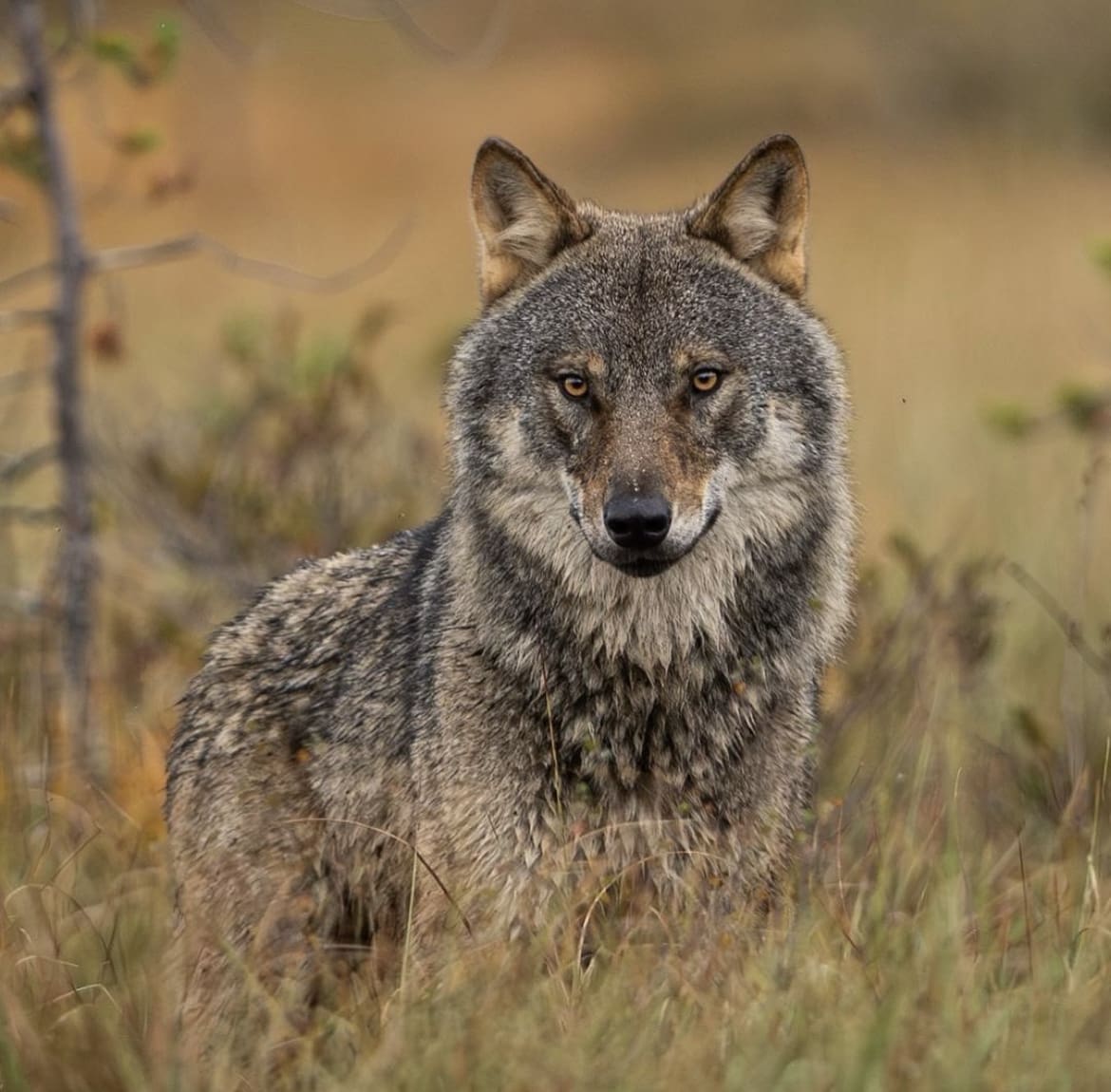
Whether you’re trekking through the ancient forests of Białowieża, scaling the rugged peaks of the Dinaric Alps, or quietly waiting in the early dawn of Sierra de la Culebra, each experience brings you closer to understanding these magnificent creatures and the crucial role they play in our ecosystems.
Pack your bags, respect the natural world, and dive into the adventure. Who knows? You might just find what you’re looking for, or better yet, discover something about yourself along the way.

